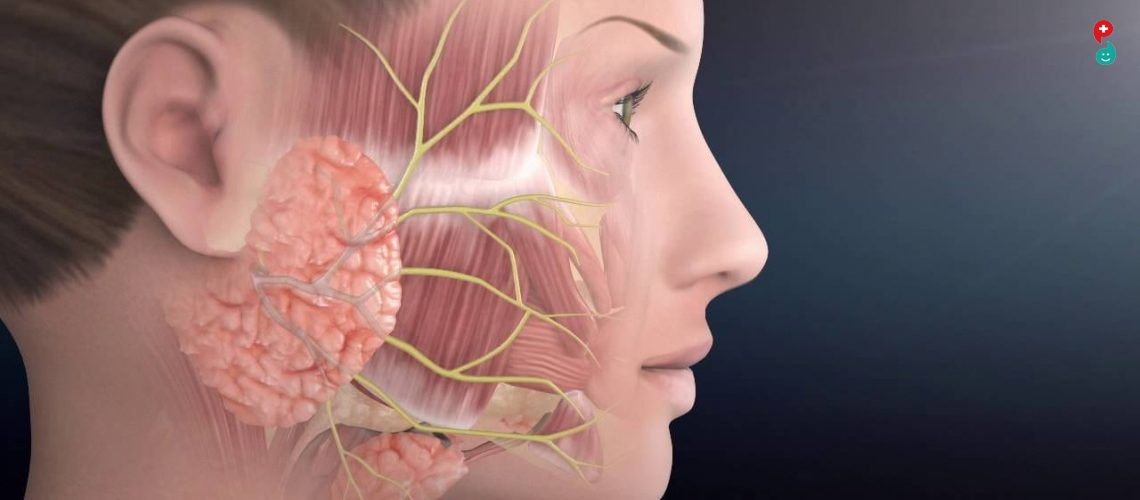
The symptoms of facial palsy are many and vary from person to person. The symptoms will depend on the cause of your facial palsy and here we discuss some of the more common symptoms experienced.
How quickly do symptoms occur?
The onset of your symptoms may be sudden (appearing overnight), or may appear over two or three days. Alternatively, your symptoms may develop slowly over time (over weeks, or even months). In either situation, you should visit your GP as soon as possible, as further investigations may be required. It is important that you have a clear diagnosis of the cause so that you are given the correct treatment and advice.
What are the symptoms of facial palsy?
Facial palsy normally affects only one side of the face although in rare cases it may affect both sides. It does not cause weakness in your arms or legs. If you experience weakness in your arms or legs as well as weakness on one side of your face, you should seek immediate medical attention. These symptoms grouped together may indicate a stroke.
A complete facial palsy on one side of the face affects the brow, eye, cheek, and mouth. This means the facial nerve signals that control movement in these muscles are not working. The face may appear flattened and movement may be lost.
Symptoms may improve or worsen over time depending on the type and degree of facial nerve damage and the cause of your facial palsy.
Some types of facial palsy will affect sensation including pain, as well as facial movement. This may mean that the nerve which is responsible for sensation (trigeminal nerve) has been damaged as well as the facial nerve. The facial nerve controls movement, tear production, saliva production and taste.
Loss of sensation may mean you cannot feel your face when you touch it.
Inability to blink or close the eye is a common symptom and needs prompt attention from your GP.
How does facial palsy affect facial muscles and facial function?
Forehead
Loss of forehead wrinkles and inability to frown
Eye area
Droopy eyebrow and inability to raise an eyebrow
Inability to close the eye fully or blink
Watery eye or dry eye
Inability to squint
Drooping of the lower eyelid which may make the eye appear wide
Painful eye with symptoms of grittiness or irritation
Sensitivity to light
Soreness or redness of the white of the eye
Please note: seek prompt advice from your GP if you are experiencing any problems with your eyes.
Mouth
The corner of the mouth pulls down/droops
Inability to smile on the affected side
Inability to puff up your cheeks, whistle or blow
Altered taste
Tingling of the affected half of the tongue
Difficulty eating and drinking
Difficulty brushing your teeth and spitting out
Drooling from the weak corner of your mouth
Excess or reduced salivation (dry mouth)
Inability to pout
Difficulty speaking because of weakness in the lips and cheek
Ear(s)
Pain in or near the affected ear
Loss of hearing
Increased sensitivity to high pitched noise
Nose
Nose runs or feels stuffy
Inability to flare nostril
Inability to wrinkle nose
If a person develops symptoms of facial palsy slowly (over weeks or months) then they should immediately be referred for further investigations.







